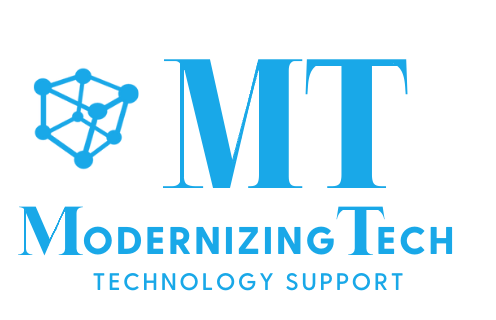Google has announced the release of Gemma 3 270M, a new AI model designed to deliver effective performance within a small footprint. This addition to the Gemma family emphasizes energy efficiency and task-specific adaptability, making it well-suited for deployment in environments where computational resources are limited, such as mobile devices, embedded systems, and edge computing.
Constructed with a focus on efficiency, Gemma 3 270M features 270 million parameters, integrating a comprehensive vocabulary with an optimized transformer architecture. Its design prioritizes high-quality instruction-following and text processing within a lightweight framework. Unlike larger models requiring substantial power and computational resources, this model is tailored for low energy consumption, making it suitable for environments where efficiency is essential.
Gemma 3 270M is designed to deliver high performance within a small, energy-efficient footprint. Its core features include:
- Size and Architecture: With 170 million embedding parameters and 100 million transformer parameters, it strikes a balance between complexity and efficiency. Its vocabulary includes 256,000 tokens, allowing it to handle specialized and rare terms effectively.
- Energy Efficiency: Internal testing indicates that the model consumes minimal power, with experiments on a Pixel 9 Pro showing less than 1% battery usage over 25 conversational exchanges. This makes it particularly suitable for mobile and battery-powered devices.
- Instruction Following: The model is instruction-tuned to follow general prompts, making it capable of tasks such as data extraction, classification, and more, directly out of the box. It supports quantization techniques that enable deployment at reduced precision with minimal performance loss.
Its primary advantage is enabling tasks that require rapid inference with limited hardware resources, including:
- On-device natural language processing (e.g., sentiment analysis or entity recognition)
- Privacy-sensitive applications where data must remain local
- Real-time processing in embedded systems or mobile devices
- Rapid prototyping and iterative development of tailored AI solutions
For example, in a recent project, a team fine-tuned a larger Gemma model for multilingual content moderation achieving higher accuracy with significantly less resource use.
Developers interested in utilizing Gemma 3 270M can access pre-trained and instruction-tuned versions of Gemma 3 270M through platforms such as Hugging Face or Docker. The model supports popular inference frameworks including llama.cpp and MLX, and can be fine-tuned further with frameworks like JAX. Deployment options range from local environments to cloud platforms like Google Cloud Run.
Task-specific AI models that can operate effectively on constrained hardware are valuable resources for AI solutions across a wide range of settings, including resource-limited environments and high-performance applications.
To explore or learn more about the model, visit Google Developer’s blog post.


Leave a Reply